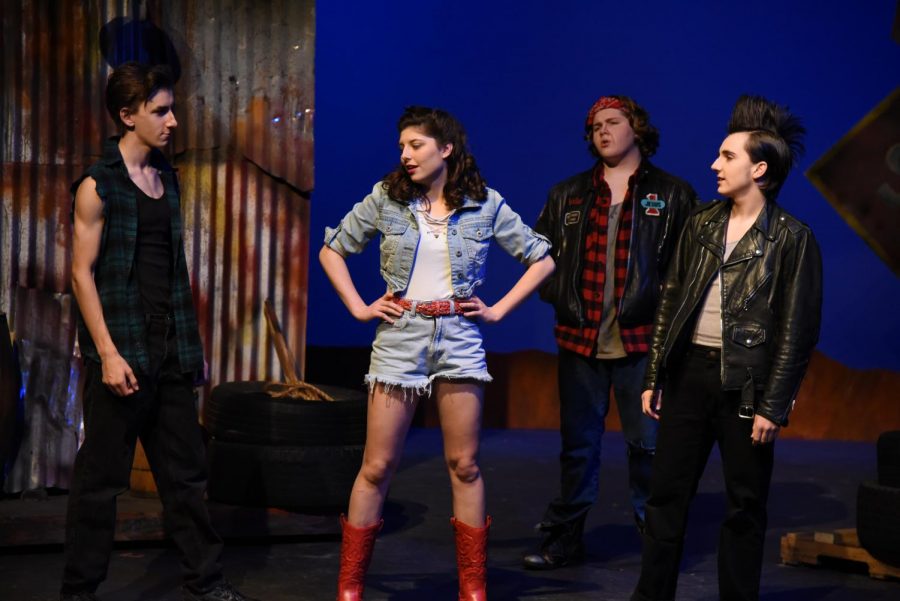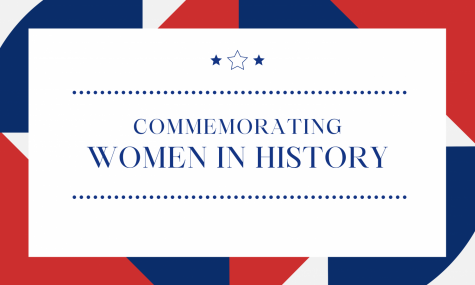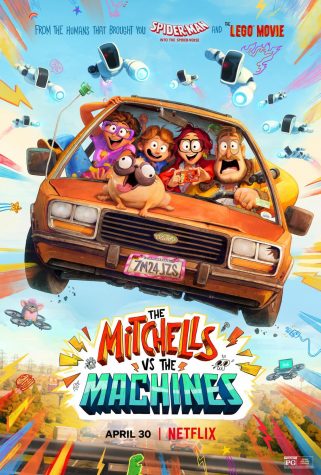Much more than ‘playing dress up’
Costuming for dramatic productions is an intense process and takes a lot of work
From time to time, the Rampage publishes work from students in Journalism class. While these writers are not part of the regular staff, their work meets many (or all) of the same requirements of those on the Rampage staff. We congratulate these writers on their work!
Creating costumes for high school theater productions is not an easy feat. Shows depend heavily on costumes to build character and help establish time period. If something goes wrong with the costumes it can be detrimental to the entire show. It takes a whole team of people to create costumes for a play/musical.
From planning to performing, the research, editing, and perfecting of costumes can take hours of students’ after-school time to get it right.
One of the biggest concerns with creating the costumes is whether they work with the blocking and scenes. An article, “How Costumes Affect Your Character,” by Kerry Hishon, goes in depth into the key things to think about during this process. “Many directors request that students come to rehearsal wearing comfortable clothes that they can move in. While that is useful for learning choreography and blocking, it’s less useful if the students will be wearing costumes that are not workout-gear-esque.”
Kerry goes on to explain how certain pieces such as pants, sleeves, and different types of shoes can restrict or impede movement. During this process it is important to make sure that costumes work with all of the actor’s movements and scenes.
The process of creating these costumes starts way before you even touch the clothes. “First, the designer reads the script to understand what the show or performance is about,” said Stephanie Przybylek, who has studied and written about costume design. Depending on how long the show is, this can take days. The team leaders needs to take detailed notes on each character, about things like the character’s actions, what props are mentioned, and the vibe of the character. Reading the script helps establish the time period/era the clothing needs to come from.
Next, it is essential to speak to the directors and other crews to get their input on what they want and need from the costumes. Various crews including lights, props, set, and paint are ideal people to start with.
Once the crew gets their first round of input, they must start researching. Brady Booth, a costume crew head for Dubuque Seniors drama department, explains the process.
“Before actually picking out costumes we research each character/ensemble group for the production. We look at the time period and what styles were used, then compile pictures for each costume each character needs.” To keep things organized crews often create PowerPoints to keep track of who needs what, where they get their inspiration, and what they still need to get.
When the team finishes the research and has created their general outline, they are finally able to start pulling pieces. This is the part that takes the most amount of time. Picking pieces for each character while also trying to get sizing can be very difficult for the crew. Each character often needs multiple looks, accessories, and shoes. This is very time consuming and is why having a large crew of hardworking individuals is important.
After creating the shows general ensemble of costumes, the costumes need approval. Communication is key within theater; one decision made by anyone can affect the entire show. So, making sure the costumes are okay-ed by the director is key to keeping the show afloat.
Costume crew head Brady Booth shares what the approval process is like at Dubuque Senior. “To be used in a production, approval needs to be done by Mr. Dean individually for each person, then as a group approved once more to see how ensembles colors work together, or if people look to similar. Dean looks at the character, fit, time period, color, and style of each costume when approving.”
This process ensures the costumes are ready for one or two more rounds of editing, fittings, and adding the final pieces to really build that extra bit of character. After that the costumes are ready to be used in the performance.
In every show whether it is professional or high school costumes play a major role. They create setting, time era, and build character.
Without a strong crew of determined people, creating the costume would be so much harder. Next time you go to a show really study the costumes, look at the little details to help you get a better understanding of their character.









